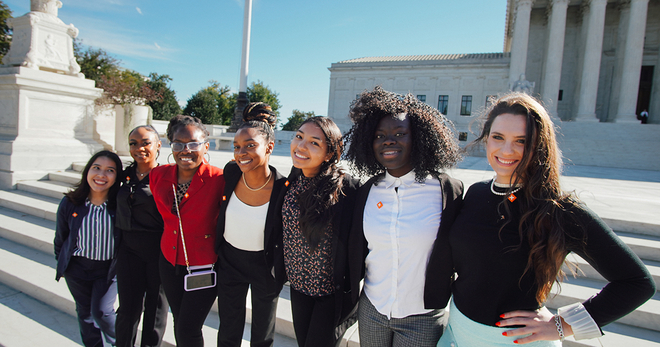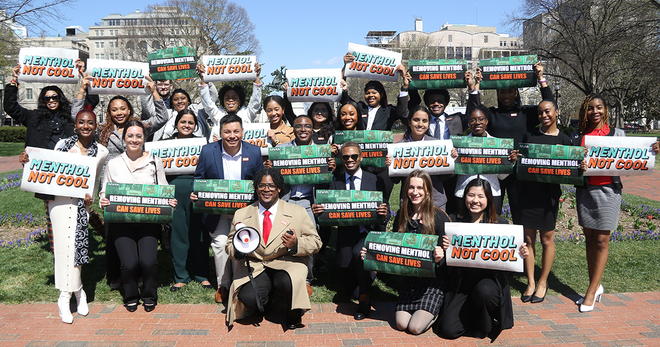Increasing funding for state tobacco prevention key to reducing high school vaping
Increasing state tobacco control spending could significantly decrease high school student vaping and frequency of vaping among high school e-cigarette users, according to a new study led by researchers at University of Illinois at Chicago in partnership with Truth Initiative. The study, published in Tobacco Control, is the first to look at the relationship between tobacco control spending by states and youth e-cigarette use, and bolsters the idea that allocating more resources for tobacco control efforts could help mitigate the youth vaping epidemic, which rages on. In 2021, more than 2 million youth used e-cigarettes, with many middle and high school students reporting that they vaped either every day or nearly every day.
States will only spend 2.7% of the $27 billion they will collect in fiscal year 2022 from the 1998 tobacco settlement and tobacco taxes on programs to prevent youth from smoking and help smokers quit.
This research comes as the latest annual analysis of state spending on tobacco control – issued by the Campaign for Tobacco-Free Kids and other partners, including Truth Initiative – found that states will only spend 2.7% of the $27 billion they will collect in fiscal year 2022 from the 1998 tobacco settlement and tobacco taxes on programs to prevent youth from smoking and help smokers quit.
Researchers used vaping prevalence and vaping intensity data from the National Youth Risk Behavior Surveys from 2015 to 2019 across all 50 states and D.C and state specific tobacco control expenditure data to model the effects of larger tobacco control budgets on vaping prevalence and frequency.
They found that if states had spent more on tobacco control during each year of the survey, both vaping prevalence among high school students and the number of days spent vaping by high school e-cigarette users would have been significantly lower than what was observed. For example, increasing state spending on tobacco control by 50% was associated with a 7.46% decrease in the prevalence rate of high school student vaping and a 7.6% decrease in the number of days high schoolers vaped per year compared to what was observed.
The need for more state funding of tobacco control efforts
Tobacco control funds, which are typically used for health communication, quitting, and state and community interventions as well as for surveillance, evaluation, administration and management, are at levels much lower than recommended, the authors write. The Centers for Disease Control and Prevention recommends that states should spend a combined total of $3.3 billion to maintain comprehensive tobacco control programs—a funding level sufficient to reduce tobacco use. In fiscal year 2021, the nation spent under 20% of this recommended level for tobacco control purposes –$656 million— and in fiscal year 2022 increased spending by 9.5% to still barely a fifth (21.7%) of the total funding recommended by the CDC, pointing to ample room to tackle youth vaping through state-funded prevention efforts.
The shortage in funding for tobacco control efforts is especially egregious considering that tobacco control spending at the state level has also been shown to significantly reduce conventional cigarette smoking.
“The findings from this study should be very helpful for policymakers debating how states should allocate scarce public resources,” the study authors write. “If policymakers want to curb the vaping epidemic among youth, the findings from this study suggest that additional appropriations for tobacco control efforts will be needed.”
Mass media campaigns like truth are an important tobacco control strategy that have contributed to major declines in youth smoking rates and are also beginning to shift youth attitudes about vaping. Research shows that young people who have seen truth vaping prevention campaigns are more likely to have accurate e-cigarette knowledge, believe that e-cigarettes were harmful and socially unacceptable, and hold anti-tobacco industry attitudes compared to those unaware of the campaign. Mass media campaigns designed to increase knowledge about e-cigarettes can work in tandem with state-funded initiatives to help eradicate youth vaping.
More in tobacco prevention efforts
Want support quitting? Join EX Program
By clicking JOIN, you agree to the Terms, Text Message Terms and Privacy Policy.
Msg&Data rates may apply; msgs are automated.



